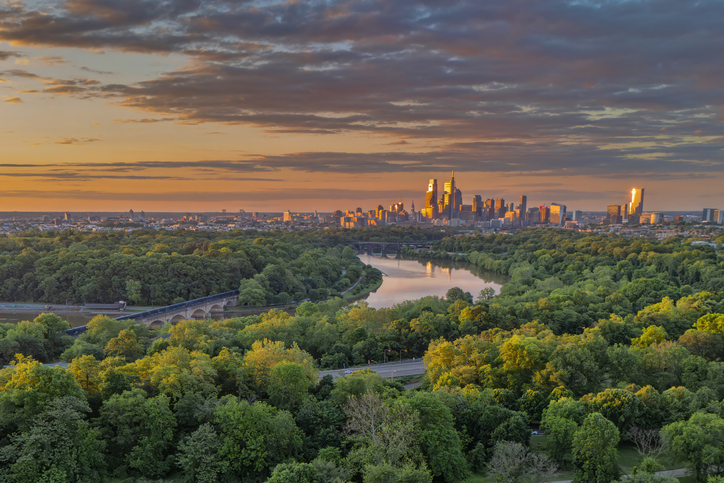Top 10 Most Populated Cities in Pennsylvania

Pennsylvania stands as a significant demographic force in the United States, with a population that makes it the fifth most populous state in the nation. Home to over 12.9 million people, the “Keystone State” serves as a crucial link between the Northeast and the Midwest. Its population is not evenly distributed; instead, it is concentrated in two major metropolitan hubs at opposite ends of the state. This creates a distinct dynamic between its bustling urban centers and its expansive rural regions, often referred to as the “T” due to the shape formed by its less populated northern and central counties. This geographic and demographic divide influences the state’s politics, economy, and culture.
The state is anchored by Philadelphia in the east and Pittsburgh in the west. Philadelphia, with over 1.5 million residents, is a major national city that drives the economy of the entire Delaware Valley. Its metropolitan area is home to a significant portion of the state’s total population. On the other side, Pittsburgh acts as the economic and cultural center for Western Pennsylvania. These two cities, along with smaller but still significant urban areas like Allentown, Reading, and Erie, are where most of the state’s population growth and economic activity are concentrated. They are magnets for jobs, education, and cultural diversity.
Here are the 10 most populated cities in the state of Pennsylvania:
- Philadelphia – Approximately 1,573,916 residents.
- Pittsburgh – Around 307,668 residents.
- Allentown – About 127,138 residents.
- Reading – Approximately 96,000 residents.
- Erie – Around 93,000 residents.
- Upper Darby – Approximately 85,000 residents.
- Scranton – About 76,000 residents.
- Bethlehem – Around 75,000 residents.
- Lancaster – Approximately 59,000 residents.
- Harrisburg – About 50,000 residents
Pennsylvania’s demographic trends reflect a story of transformation. While many rural areas have experienced population stagnation or decline, mirroring trends across Appalachia, its urban and suburban areas have seen growth, largely fueled by immigration and the expansion of the healthcare and education sectors. The state is becoming more diverse, with growing Hispanic and Asian populations enriching the cultural fabric, particularly in cities and their surrounding suburbs. This ongoing shift from a historically industrial, European-ancestry-dominated state to a more diverse, service-oriented economy presents both challenges and opportunities, shaping Pennsylvania’s future identity and its role within the country.
MORE PENNSYLVANIA READS:
RELATED: Pennsylvania House approves SEPTA new mass transit bill
RELATED: Upper Merion, Pennsylvania Listed as Second Best Place to Live in U.S.
RELATED: Study Reveals Pennsylvania Among the ‘Most Lazy’ States in America



